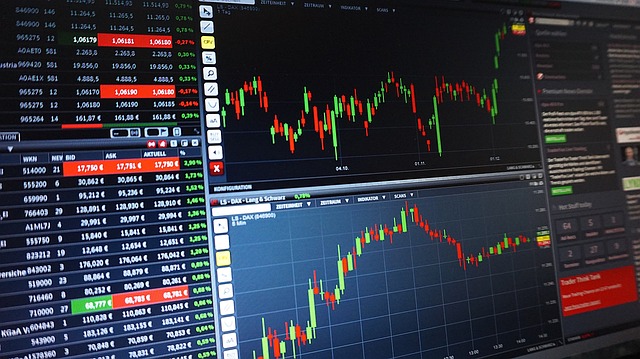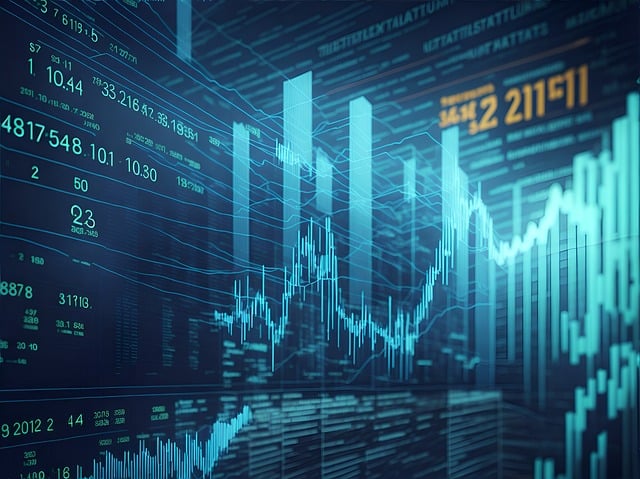The Comprehensive Guide to Bot Trading: Revolutionizing the Financial Landscape
In the ever-evolving world of finance, the advent of technology brings with it a myriad of opportunities and challenges. One such innovation that has recently gained prominence is bot trading. This article aims to delve into the intricacies of bot trading, examining its mechanisms, advantages, potential pitfalls, and future implications in the financial industry.

What is Bot Trading?
Bot trading, also known as algorithmic trading, involves the use of computer programs to execute trades on behalf of the trader. These bots are designed to analyze market conditions, make decisions, and execute trades at speeds far beyond human capabilities. It minimizes the emotional biases and inefficiencies that often plague human traders, acting solely based on pre-defined criteria.
How Does Bot Trading Work?
At its core, bot trading operates through algorithms—sets of rules that dictate how trades should be executed. These algorithms take into account various data inputs, including:
- Market signals: Price movements, volume, and trend indicators.
- Technical indicators: Moving averages, RSI, MACD, etc.
- Economic data: Reports on GDP, employment numbers, etc.
Once set up, the trading bot continuously monitors the markets, searching for trading opportunities based on the defined parameters. Upon identifying a suitable opportunity, the bot then executes a trade almost instantaneously, something that would be incredibly difficult for a human to react to in real-time.
Types of Bot Trading Strategies
There are various strategies that one can deploy through bot trading. Some of the most popular strategies include:
- Trend Following: This strategy focuses on capitalizing on momentum by identifying and following existing market trends.
- Arbitrage: This strategy seeks to exploit price discrepancies across different markets or exchanges, allowing traders to make profits through simultaneous buying and selling.
- Market Making: Market-making bots provide liquidity in the market by placing buy and sell orders simultaneously to profit from the spread.
- Mean Reversion: This approach assumes that the price of an asset will revert to its average over time, leading the bot to buy low and sell high.
Advantages of Bot Trading
The integration of bots into trading practices offers various benefits that cannot be overlooked. In my opinion, the primary advantages of bot trading include:
1. Speed and Efficiency
One of the most significant advantages of bot trading is its unparalleled speed. Bots can execute trades in fractions of a second, taking advantage of short-lived market opportunities that human traders may miss. This efficiency translates into improved performance and the potential for higher returns on investment.
2. Emotion-Free Trading
Emotions often lead to irrational decisions in trading. Bots strictly adhere to their programming, thereby eliminating emotional biases. In my experience, I have seen many traders make poor decisions during volatile market conditions due to fear or greed. Bot trading removes that human element, allowing for more rational decision-making.
3. 24/7 Market Coverage
Financial markets operate around the clock, and it’s virtually impossible for a human trader to supervise their investments at all times. Bot trading allows for constant market surveillance, ensuring that trading opportunities are never missed, regardless of the time of day.
Potential Risks of Bot Trading
While bot trading has numerous advantages, it is essential to understand the risks involved. Misconfigured bots can lead to significant financial losses. In my opinion, acknowledging these risks is critical for anyone interested in this trading approach.
1. Technical Failures
As with any technology, trading bots are vulnerable to technical glitches and failures. A bot may fail to execute trades as anticipated due to server issues, internet connectivity problems, or software bugs. These failures can lead to missed opportunities or unintended trades.
2. Overfitting and Poor Strategy
When designing trading algorithms, there's a risk of overfitting, where the bot is tailored too closely to historical data and may not adapt well to changing market conditions. This is why backtesting and continuous refinement of strategies are essential. I believe that a well-researched and adaptive approach can mitigate this risk.
3. Security Concerns
Bot trading usually requires sharing sensitive information such as API keys and account details. If proper security measures aren’t implemented, this data could be compromised by malicious actors. Traders should always prioritize platforms with robust security protocols.

Future of Bot Trading
The future of bot trading seems promising, with ongoing advancements in artificial intelligence, machine learning, and data analytics. In my viewpoint, these technologies will play a crucial role in refining trading strategies and improving decision-making processes.
1. Increased Adoption of AI and Machine Learning
As technology continues to evolve, we can anticipate more sophisticated bots that leverage AI and machine learning. This will enable them to learn from market behaviors and improve their performance over time. Traders will benefit from automation that adapts to real-time changes in the market.
2. Regulations and Standards
With the growing popularity of bot trading, regulatory bodies may implement stricter guidelines to ensure fairness and security within financial markets. In my opinion, these regulations could instigate healthier market conditions and foster greater trust in bot trading innovations.
3. Democratization of Trading
Bot trading is becoming increasingly accessible to retail investors. Platforms that allow users to create or deploy bots without extensive programming knowledge will democratize trading strategies, making them available to a broader audience.
Conclusion
Bot trading is undeniably a transformative force within the financial industry. While it provides unprecedented speed, efficiency, and objective decision-making, it is not without its risks. Traders who choose to engage with bot trading must take the time to understand the technology, the underlying algorithms, and the market dynamics they are operating within.
Ultimately, the successful integration of bot trading into one’s strategy is contingent upon careful planning, ongoing education, and a readiness to adapt. In a world where technology continues to reshape our practices, embracing innovations like bot trading may very well be the key to thriving in the future financial landscape.